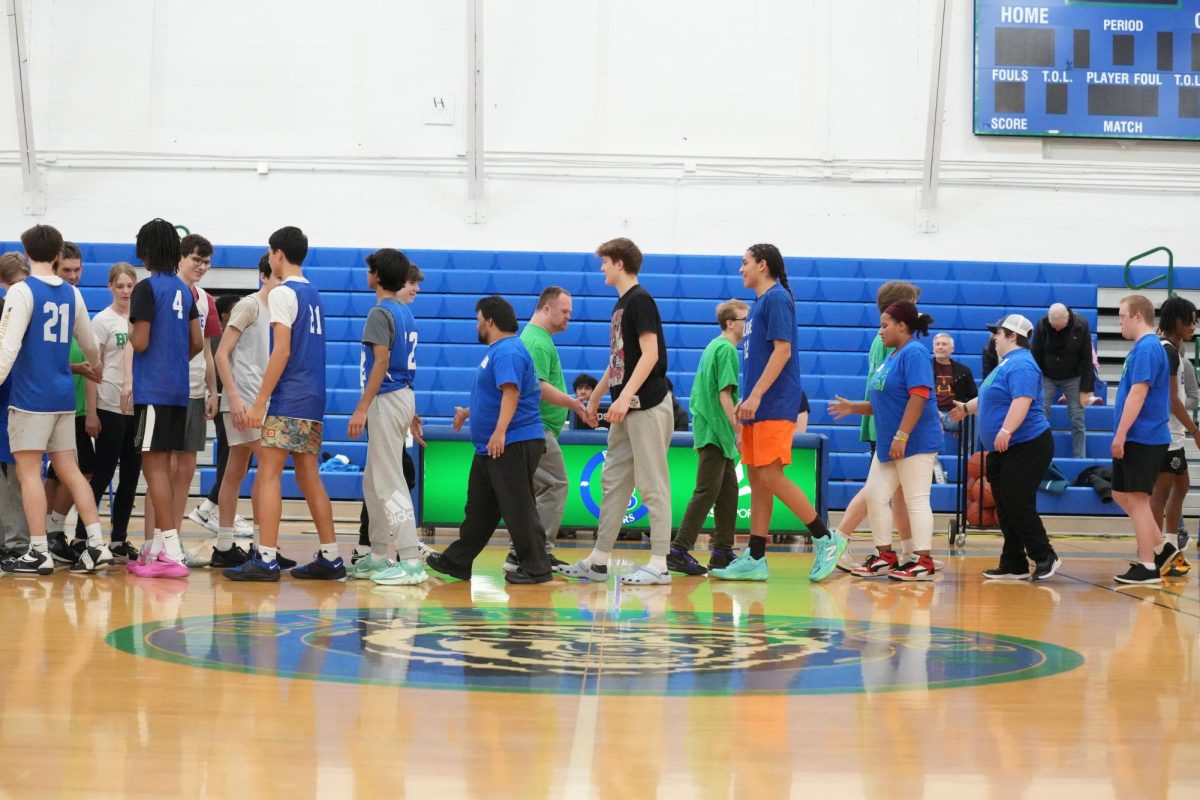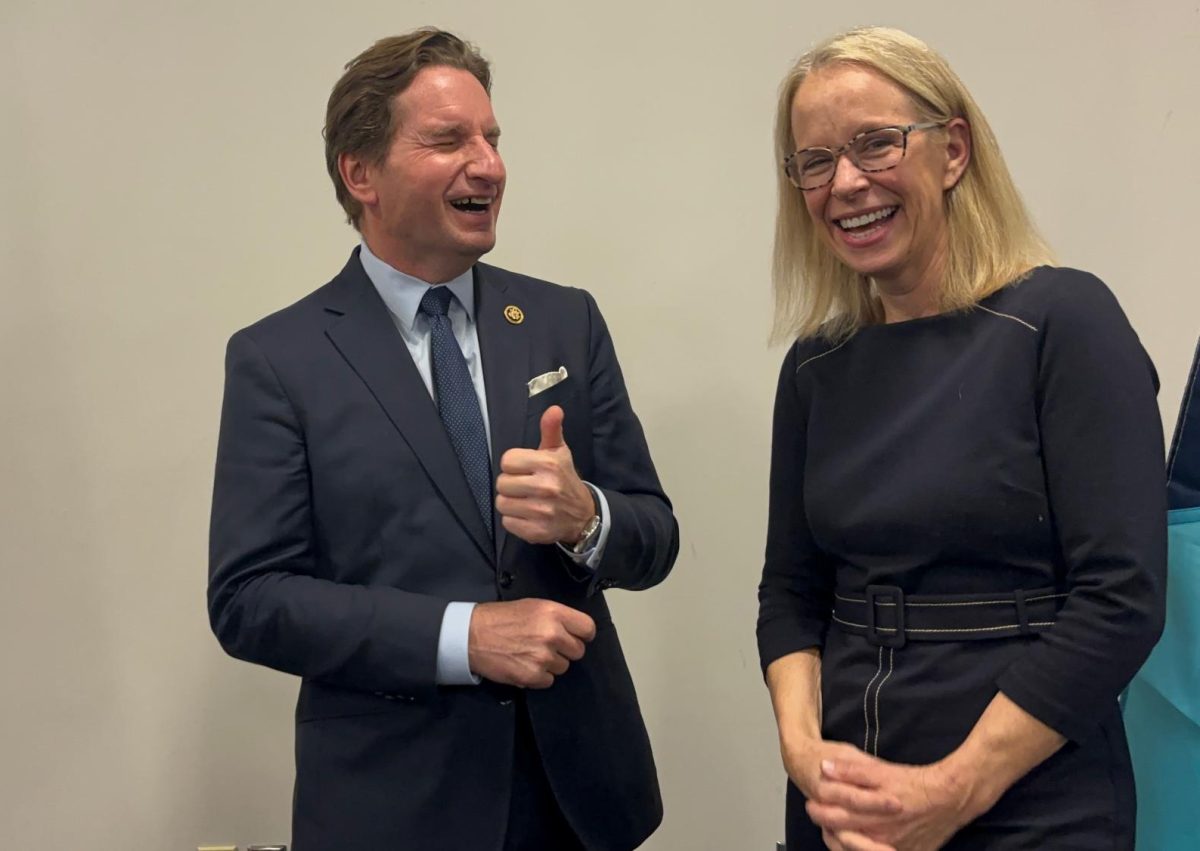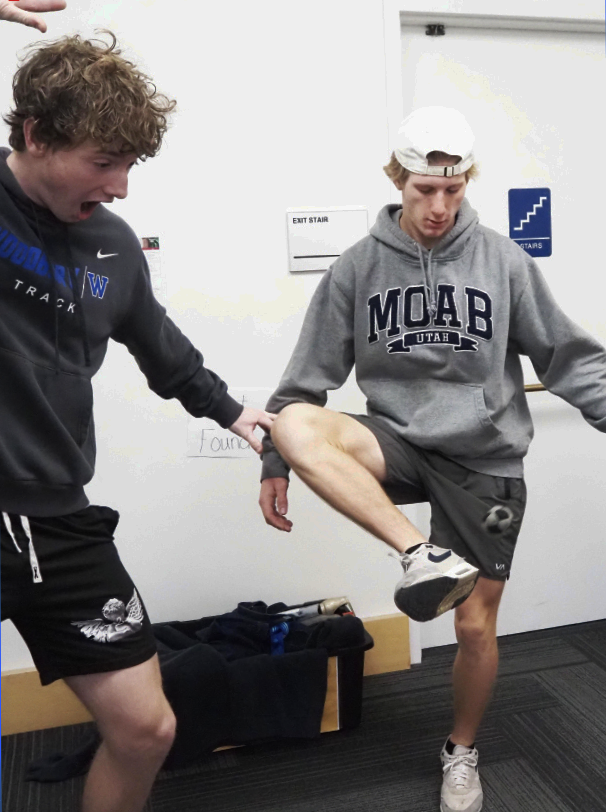Confined by flashy malls and indoor shopping centers, one can forget the thrill of sifting through piles of clothes on the hunt for the perfect second hand match to the rest of their department store outfit.
Thrift: defined as “economizing,” “penny pinching,” and “saving,” sets a stereotype that thrift shopping is for the frugal grandmothers who refuse to dip into their saving account for a Bloomingdales run. However, music-artist Macklemore glamorizes the activity of thrift shopping in his song, “Thrift Shop.” With his lyrics, “I’m like “Yo – that’s fifty dollars for a T-shirt,”” he exposes the extremely real fact that a basic shirt from a department store is considerably more expensive than a one-of-a-kind piece from thrift stores across Minneapolis.
Such thrift shops include Goodwill, the store Macklemore mentions in “Thrift Shop”, which can be found in many locations across the state. Other vintage boutiques include Everyday People in Uptown and Blacklist Vinatge in Minneapolis.
So why do thrift shops carry a tag with “dirty” “used” and “elderly” on them, when ‘thrifting’ in actuality is incredibly good for the environment? The Christian Science Monitor writes in their article “Green shopping: Don’t say ‘eww,’ to thrift stores,” thrift-store shopping diverts reusable items from landfills. It’s a respectable way to save energy. Defining second hand stores and thrift shops as a “repurposing” market dissolves the negative ties that come with this green shopping experience and keeps perfectly usable clothes from ending up in landfills.





